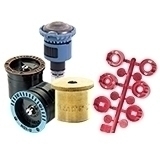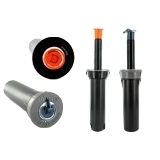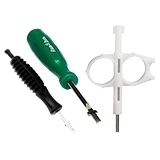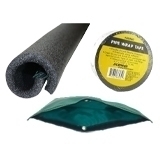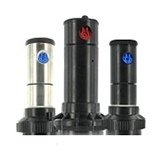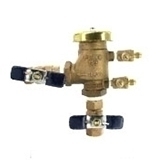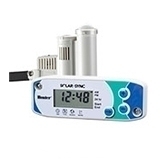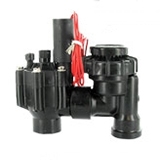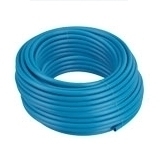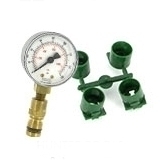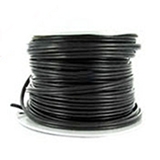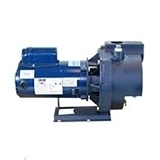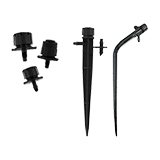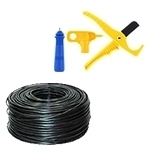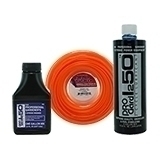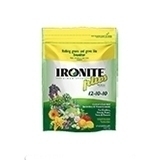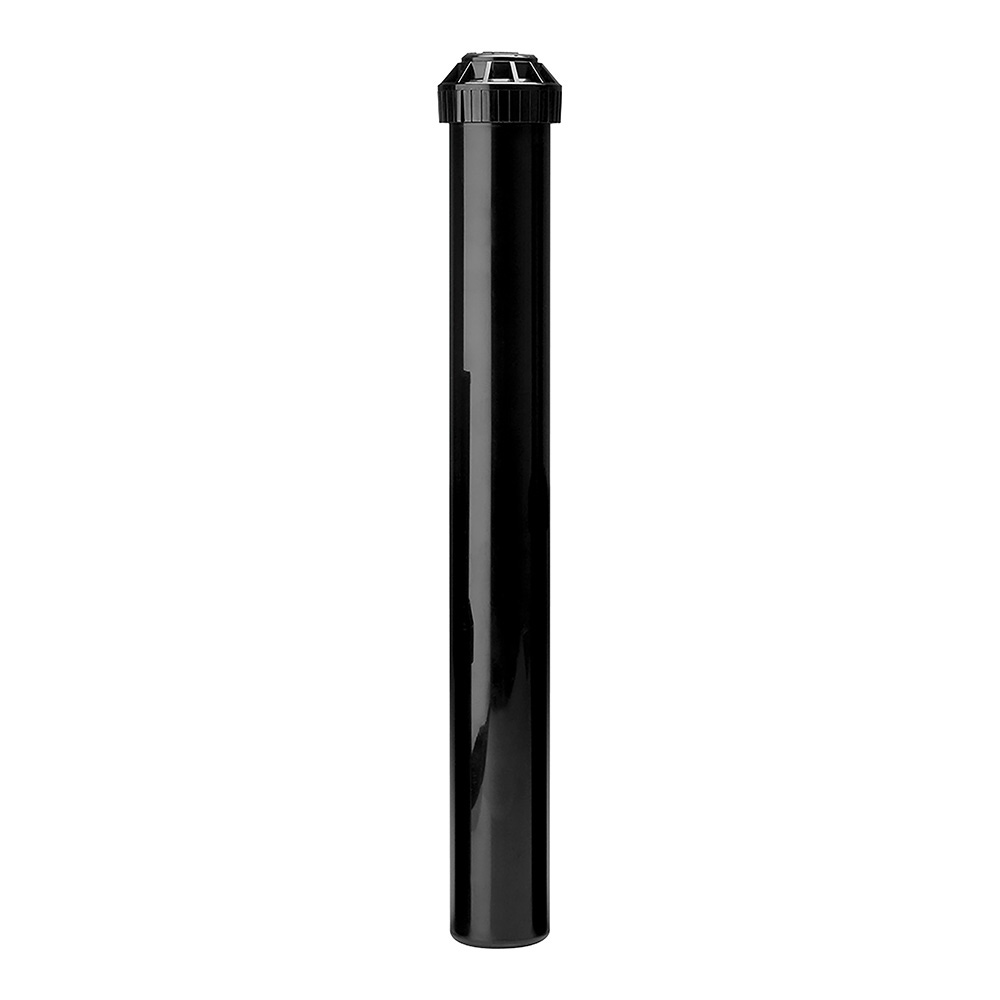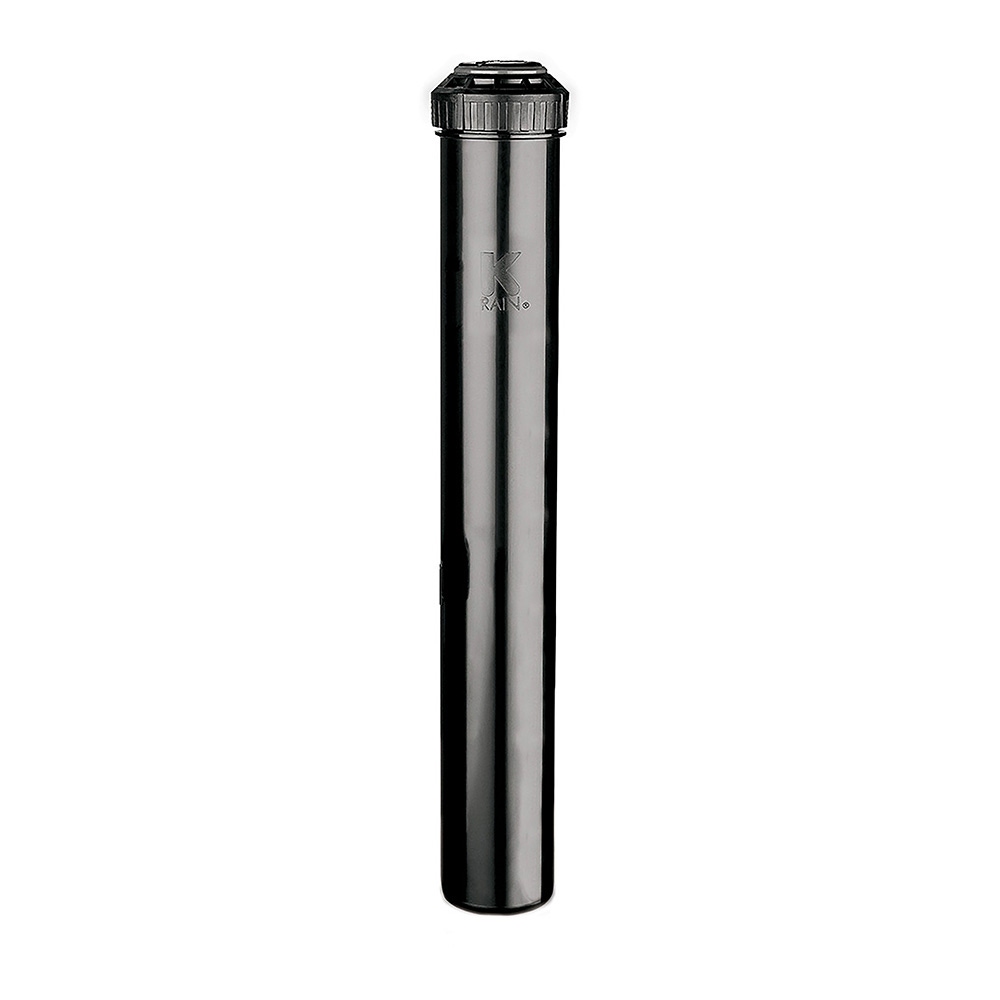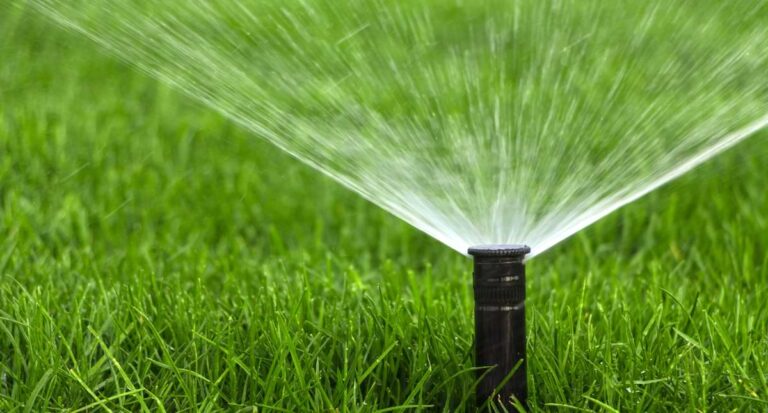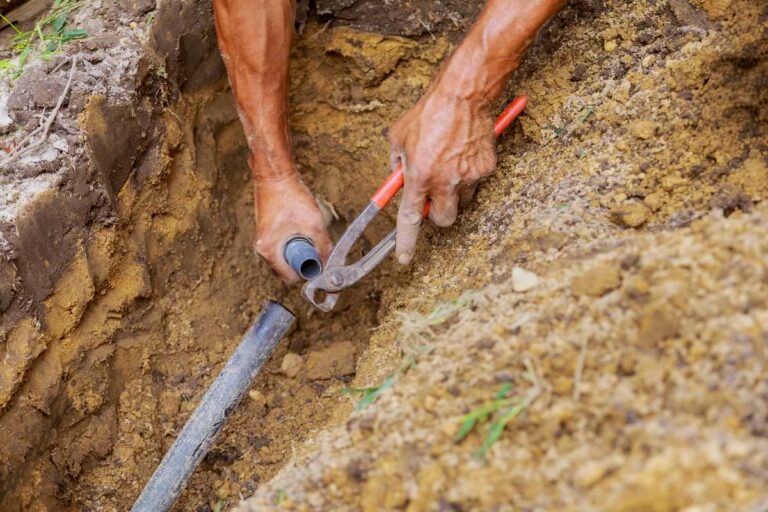Underground Sprinkler System Guide
Table of Contents
How to Dig for an Underground Sprinkler System
Installing an underground sprinkler system is one of the most efficient ways to keep your lawn and garden healthy while saving time and water.
But before you start trenching through your yard, it’s essential to know exactly where to dig—and how to plan ahead to avoid costly mistakes.
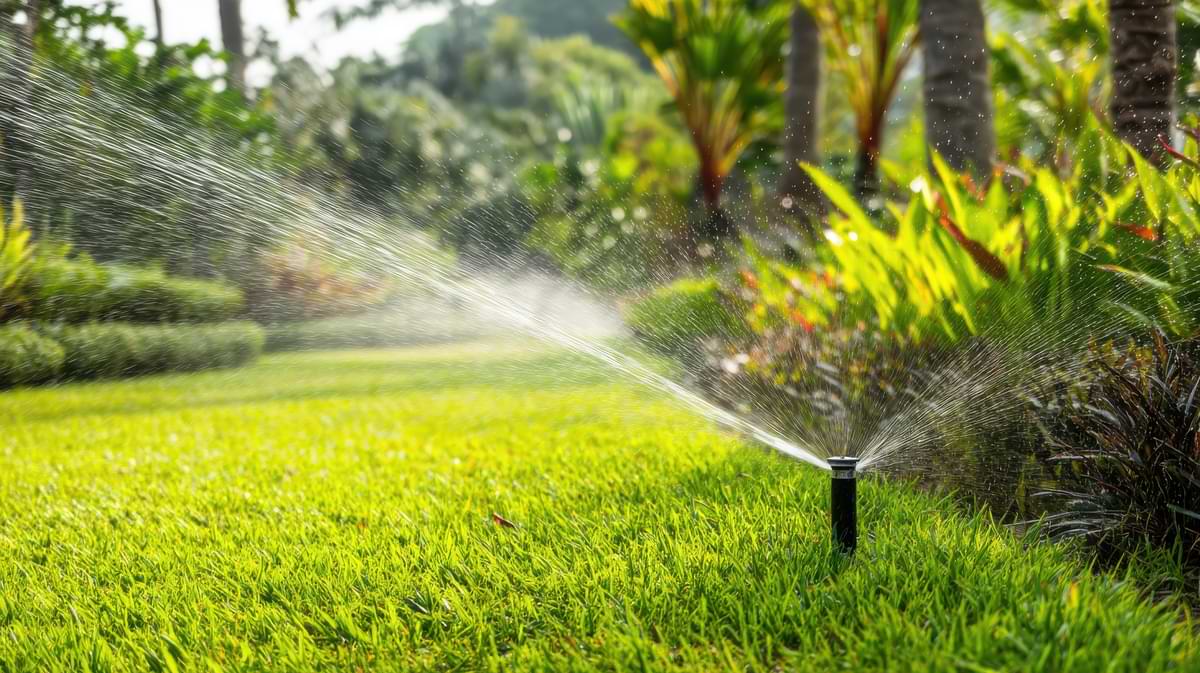
How to Dig for an Underground Sprinkler System
Before you grab a shovel, make sure you know exactly where—and how—to dig for your underground sprinkler system. From mapping zones to marking utilities, this guide will help you trench efficiently and safely for a smooth installation.
Step 1: Start With a Plan
The first step in determining where to dig is to map out your irrigation zones. Divide your yard into different areas based on plant type, sun exposure, and slope. Turf grass, flower beds, shrubs, and garden plots all have different watering needs.
Grouping similar plants together ensures more efficient water use and guides where you’ll lay your pipe runs and sprinkler heads. You’ll also need to identify the water source. Most home sprinkler systems tap into the main water line or an outdoor spigot.
The water supply line should run to a backflow preventer (required by code in many areas), then into a manifold that feeds the various irrigation zones. Knowing this layout helps you chart out a smart digging plan from the water source outward.
Step 2: Mark the Layout
Once the zones are planned, use spray paint, flags, or stakes and string to mark the layout on the ground. Mark where the main water line, zone lines, valves, and sprinkler heads will go.
Be sure to measure distances and spacing to match the specifications for your chosen sprinkler heads—too close, and you’ll flood an area; too far, and you’ll get dry patches.
Step 3: Call Before You Dig
Before breaking ground, contact your local utility marking service (811 in the U.S.). They’ll come out and mark gas lines, electrical wires, cable, and other buried utilities. This step is critical for your safety and can prevent damage that’s expensive to fix.
Step 4: Start Digging
For most DIY installations, trenches should be about 6–12 inches deep, depending on your climate and system requirements. In colder climates, pipes should be buried deeper to prevent freezing. A flat-bottom trench is ideal for keeping pipes level and secure.
Use a trenching shovel, mattock, or rent a walk-behind trencher for larger yards. Start digging from the water source to the control valves and then outward to each zone. Place sprinkler heads at the end of each run, as marked.
Step 5: Dig With Purpose
Avoid unnecessary digging by sticking closely to your marked layout. Dig only as wide as needed to comfortably fit your pipe, usually 3–4 inches. If you’re installing drip lines in flower beds, the trenches may be shallower and narrower.
As you dig, keep the excavated soil nearby for backfilling once the pipes and sprinkler heads are installed and tested.
Upgrade Your Landscape with an Underground Sprinkler System
By planning carefully and digging with intention, you’ll set the foundation for a long-lasting underground sprinkler system that keeps your lawn lush and your water bills low.
And with the right tools, smart layout, and attention to depth and spacing, your underground system will deliver efficient, even coverage season after season—no guesswork, no wasted water.
FAQs for Underground Sprinkler Systems
How much does it cost to have an underground sprinkler system installed?
Professional installation for an underground sprinkler system typically ranges from $2,500 to $5,000, depending on yard size, number of zones, and local labor rates. DIY kits can lower costs significantly, but require more time and effort.
How deep do underground sprinklers need to be?
Most underground sprinkler lines should be buried 6 to 12 inches deep. In colder climates, pipes may need to be deeper to avoid freezing. Always follow local code and manufacturer guidelines.
Are underground sprinkler systems worth it?
Yes—underground sprinklers offer convenience, efficient water use, and even coverage, which can improve lawn health and curb appeal. Though the upfront cost is higher, they can save time and money over the long term.
If you want to stay up-to-date on the latest Sprinkler Warehouse news and make the most of all of our one-of-a-kind promotions, join the Irri-Gator community today. Happy watering, Irri-Gators!


